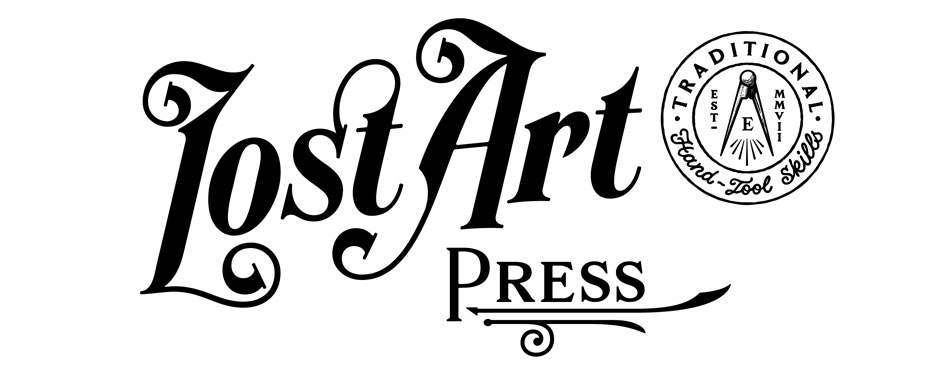“By Hound and Eye” isn’t for everyone. If you’re a geometry whiz or an 18-century cabinet maker, you probably won’t learn anything new from the workbook. I’ve created a three-question quiz to help each blog reader decide whether or not “By Hound and Eye” will be worth its $20 price tag to you ($10 for the pdf alone):
- Do you already use a sector and a divider to layout your designs?
- Can you readily produce a set of full-scale measured drawing from the sketch of the writing desk below?
- Can you write out the musical harmony literally embedded in the desk below?
If you answered “yes” to all three questions, “By Hound and Eye” might underwhelm you.
I probably should have learned all of these skills two years ago when I first picked up “By Hand and Eye.” But I didn’t. Tolpin and Walker’s prose was so eloquent that I imagined I was already seeing “the music frozen in furniture.” Thanks to their persuasiveness, I became a haughty, complacent reader. I didn’t do the exercises on page 28, let alone the dozens suggested in the following 150 pages.
By the final section, I felt completely underwhelmed by the simplicity of the projects, which seemed so straightforward that any electron-slaying woodworker could produce each of them in just a long afternoon. Instead of seeing design proportions, I saw easy joinery. Instead of hearing music, just the hum of my table saw.


——————————
Image credits: Author’s photograph of hand forged dividers by Seth Gould; detailed crop from Raphael’s masterpiece “The School of Athens,” Images from By Hound and Eye, illustrated by Andrea Love.





